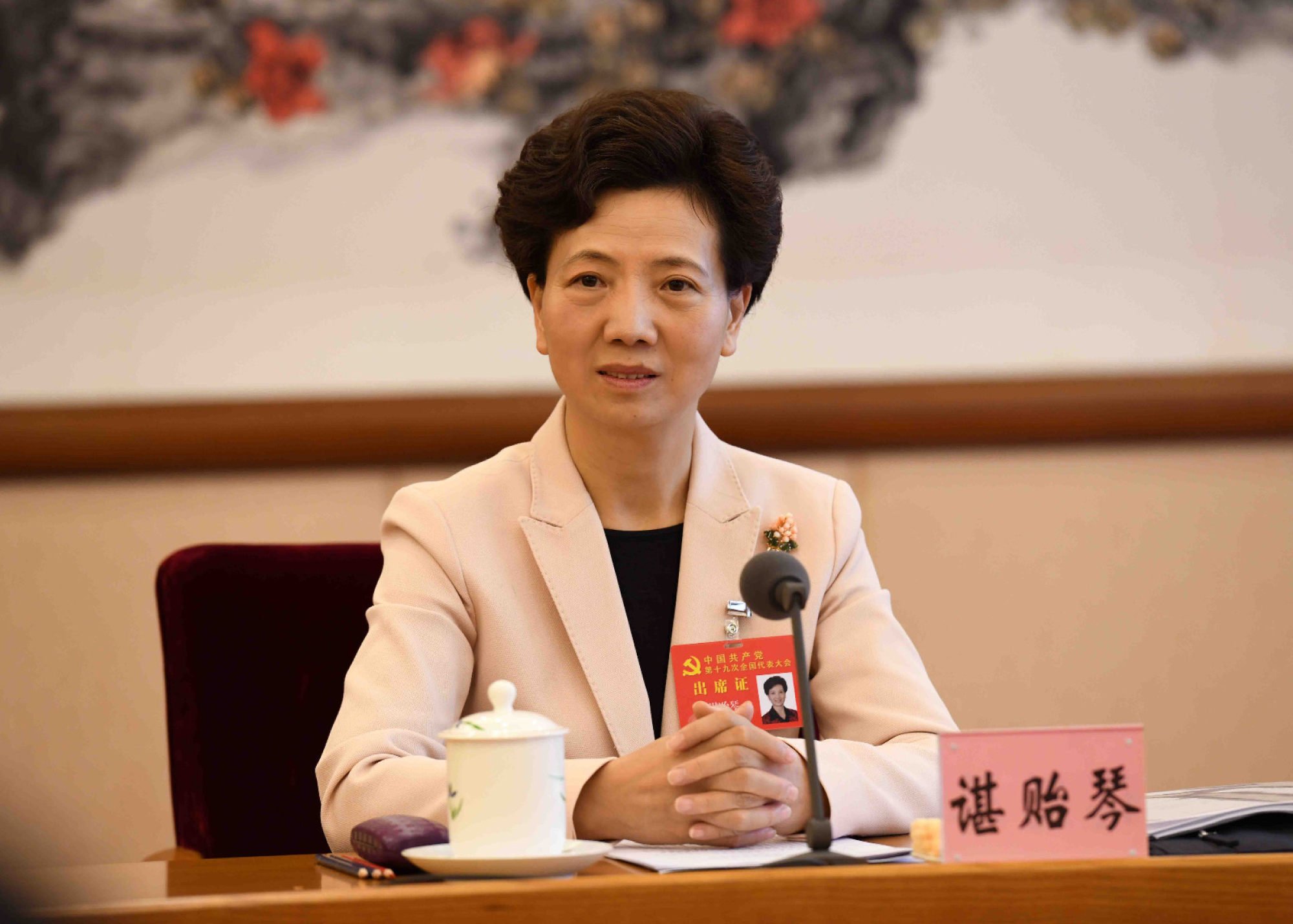
China has very few women in power despite a commitment to gender equality
- US-China Economic and Security Review Commission brief highlights lack of women in the top echelons of Chinese politics and military
- No woman has held a seat in the Politburo Standing Committee, or taken one of the top three party, military or state leadership positions
Women are absent from the top echelons of China’s political and military system despite gender equality being stipulated by law, according to a US government brief.
The US-China Economic and Security Review Commission looked at women’s participation in the Chinese political system in its latest issue brief, released on Wednesday. Based on data it compiled, it found that women are dramatically under-represented in politics even though Beijing has long touted its commitment to equal opportunity.
It comes as Beijing’s political elites are preparing for the twice-a-decade party congress, due to be held in autumn, at which a major leadership reshuffle is expected.

Of China’s 1.4 billion people, 703.8 million – or 48.7 per cent – are women. Some 28 million women have joined the Communist Party, or 30 per cent of the membership.
While Chinese law states that women and men should have equal rights in all aspects of political life, observers say the reality is that women remain marginalised in politics, even after the economic and social transformation seen in the past century.
No woman has ever held a seat in China’s most powerful decision-making body, the Politburo Standing Committee, or taken one of the top three party, military or state leadership positions. China has 26 ministers, but none are women.
There are just 30 women among the 371 members of the Central Committee, which elects the Politburo. And there is just one woman among the 31 party bosses of China’s provinces, municipalities and autonomous regions – Shen Yiqin, who oversees Guizhou. There are two women governors – Wang Lixia in Inner Mongolia and Xian Hui in the Ningxia Hui region.

The nine women in the Central Commission for Discipline Inspection, the party’s anti-corruption watchdog, make up just 7 per cent of its 133 officials, according to the brief.
“The absence of women in party leadership parallels low female representation within the group of Chinese nationals holding leadership positions in international organisations,” it said. “Of the 31 Chinese nationals serving in top leadership positions in key international organisations, only four are women.”
Familiar barriers put China’s women scientists a long way from the top
Four of 13 top judges in the Supreme People’s Court are women.
Of the thousands of NPC deputies and CPPCC members, women make up 25 per cent of the NPC and 20 per cent of the CPPCC, according to the brief. That compares to the US Congress, where women take 27 per cent of seats, according to the Pew Research Centre. But in the United States, more women hold senior positions in politics, including Vice-President Kamala Harris and Nancy Pelosi, speaker of the House.

